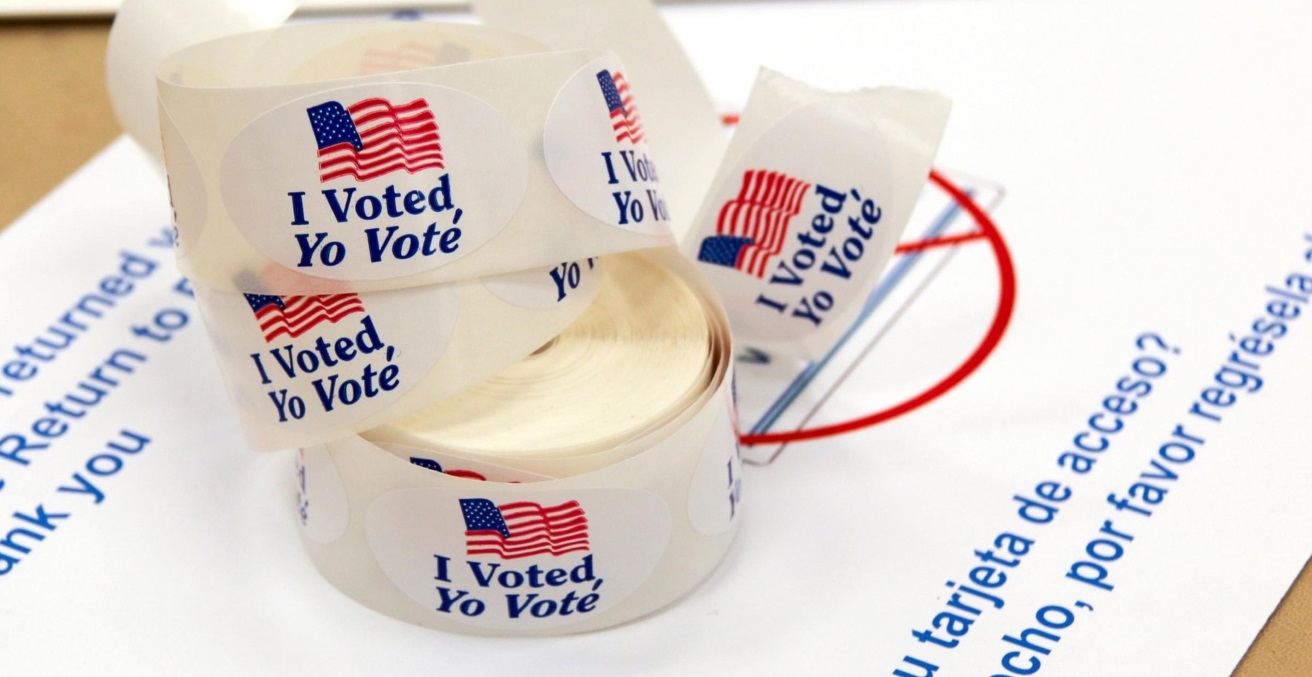Uncertainty in the US Elections

The votes in the US presidential election were all cast before polls closed on Tuesday night in America. The counting of the votes will continue for days or weeks while the result remains uncertain.
It is hard to remember a week in American politics quite like this one. And it’s not over yet. It may be weeks, possibly more than a month, before we can be sure who has won. There are recounts and multiple legal challenges ahead, not all of them superficial. One certainty is that Joseph R. Biden Jr has secured the largest number of votes in United States history.
Many images of this election are indelibly etched in my mind. The most prominent is that of rows of people – their faces all covered with masks – hunched over desks slitting open the envelopes of postal votes and examing the papers before passing them to a scrutineer. The process was much the same from Kansas to Kentucky, from Washington State to Washington DC.
There were some differences though. Some election counting centres operated day and night. In others, the counting paused during the night, so the count inevitably takes longer. Some states did not start counting postal votes until polling was closed. Others began the tally ahead of Tuesday. Such differences mean that results are released sporadically, state-by-state or even county-by-county.
In the swing state of Florida, we did not have to wait long after the poll closed to see Trump win the state, to the joy of his noisy band of supporters. By 2:30 AM on the East Coast, counting was well under way across the country and the first results were starting to trickle out from the other swing states of Michigan, Wisconsin, Pennsylvania, and Georgia.
Suddenly, and unexpectedly, we were treated to some pure Hollywood. In what was the defining moment of the week, Trump appeared in front of a phalanx of White House flags and announced that further counting of the vote should be “called off” because it was clear he had won. He listed the states in which he had an “unassailable” lead, even as counting was far from over. It was a barefaced and inexcusable lie.
Only then did the reason for his sudden, grumpy appearance on live television before tens of millions of Americans become apparent. He declared that “we” would be going to the Supreme Court to have it terminate counting of the votes because “a very sad group of people” were perpetrating fraud on the electorate by acting to “disenfranchise” those who had voted for him.
As I watched with growing incredulity, the team of presenters on CNN could hardly contain their anger. They correctly pointed out that, even if it were minded to, the Supreme Court could not stop the count in a presidential election. Such an intervention had never happened before and Trump was completely out of order, they said, adding that the president’s remarks were a shocking insult to the hardworking people undertaking the count. It was pure vaudeville.
During the next day, Trump pumped out tweets falsely claiming victory in a variety of states, and generally. One said, “We are going to win BIG, but they are trying to STEAL it from us.” Twitter officially labelled five of them as “disputed” and “possibly misleading.”
As the day wore on and small results were posted, the tables were turned. By late afternoon, the two key states of Wisconsin and Michigan were called for Biden, reversing Trump’s early leads. By nightfall on 4 November, Biden had acquired 253 electoral votes compared with Trump’s 213, giving him a substantial lead and what appeared to be a clear route to the White House.
As night fell, Biden made an appearance and said he would not declare himself victor, instead diplomatically predicting that by the end of Thursday, he would have enough votes to be sure of the presidency. If elected, he said, the first task will be to unite the country and that he would represent the interests of all those who had not voted for him as well as those who had. This did not appease the crowd of Trump supporters who protested outside the counting centre in Arizona, baying for the blood of Democrats and the tally clerks inside.
By Thursday morning, 4 November, a Biden victory looked less certain. Nothing had changed in the electoral college count of 253 to Biden and 213 for Trump. Trump had narrowed Biden’s lead in Arizona and Nevada, while Biden made significant inroads on Trump’s “winning lead” in Georgia and Pennsylvannia.
By this time, 20 hours had passed since there had been any sight of Trump, on or off media. We learned he had called and spoken to his favourite “Fox and Friends” news program where he had inadvisedly got into an argument with an anchor. In a tape made available to Australian Outlook, Trump accuses Fox of being nowhere near as good as four years ago. Many media outlets have reported that Trump called News Corporation chairman Rupert Murdoch to complain bitterly that Fox News had called Arizona for Biden.
By Friday Trump appeared to have given up on winning the popular vote, tweeting that he believed he would win what he termed the “legal” vote, meaning he considers postal votes invalid. He is spending heavily to launch multiple cases in states where he is losing. Many of the claims have already been rejected for lack of any valid evidence.
We will likely see confirmation of a Biden victory this weekend. But America will remain divided and difficult to govern. Healing the damage caused by Trump’s four years will take time to heal. The benefit for the world will come with a swiftly introduced ew foreign policy, particularly favouring democracies in Europe and the Asia Pacific.
Colin Chapman is a writer, broadcaster, and public speaker,who specialises in geopolitics, international economics, and global media issues. He is a former president of AIIA NSW and was appointed as a Fellow of the AIIA in 2017.
This article is published under a Creative Commons Licence and may be republished with attribution.





